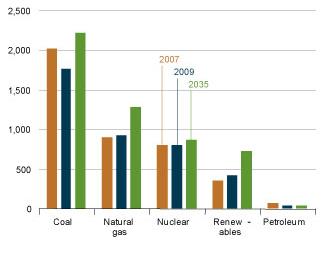I. Introduction
The International market of US hardwood products consist of a significantly diverse mix of customers from different regions around the world; where Canada, Mexico, Asia and Western Europe have played a central role in developing the US Hardwood Industry.
According to the U.S. Hardwood Export Statistics published by the American Hardwood Export Council (AHEC) and United States Department of Agriculture (USDA), the United States has been the World’s leading exporter of hardwood lumbers and veneers in the last 2 years, accounting for a total market share of 17% and 14% respectively during 2010. The country also played a key role in hardwood log exports between 2009 and 2010, holding a total market segment share of 22% and 20% respectively, surpassed only by Malaysia by approximately 1 percentage point.

The American Hardwood Export Council also indicated (AHEC, 2011) that China, Germany and Italy led the World’s wood furniture exports between 2008 and 2010, holding a 46% of total market, while United States only reported sales equivalent to a 2% of worldwide Exports throughout this time frame (9th place furniture exports).
During the last 6 years, the US exports of hardwood products have characterized by a predominance of primary/low value added goods such as logs and lumbers, over other more complex and higher value added products such as furniture, molding, floors, among others. In view of previous research, the exports of hardwood products will be vital for the US hardwood industry to survive . (Quesada-Pineda and Smith, 2010).
Continue reading “Research Update: Exports of US hardwood products”

